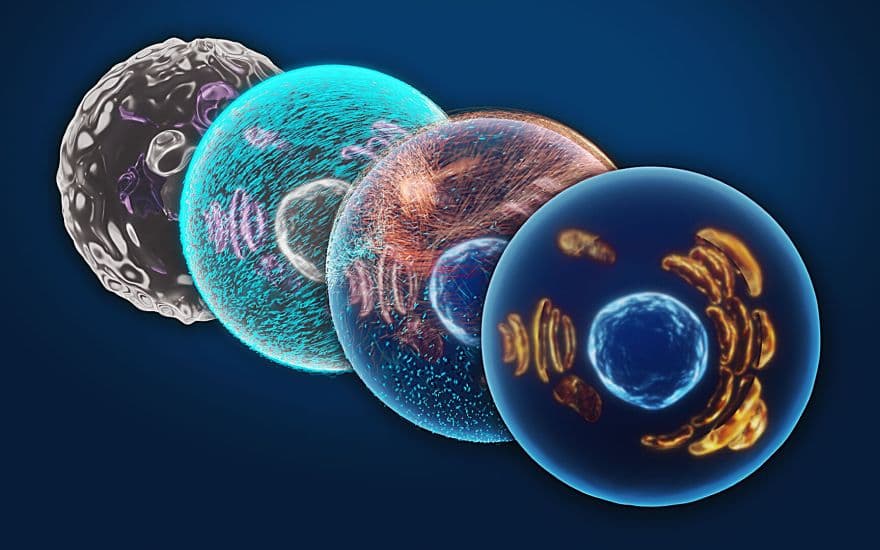
EQUITY
A VITADAO PROJECT
Turn Biotechnologies - mRNA Therapeutics with Lipid Nanoparticle Delivery
INITIATED DECEMBER 3, 2021
EQUITY

Turn Bio develops mRNA medicines that induce the body to heal itself by instructing specific cells to fight disease or repair damaged tissue. They are reprogramming the epigenome – a network of chemical compounds and proteins controlling cell functions to restore capabilities that are lost with age.
Background
Turn Biotechnologies, Inc. (“Turn.Bio”, mailing address: 548 Market St. Pmb 23131, San Francisco, Ca 94104) is a pre-clinical start-up based on Stanford University Intellectual Property (IP) developed from 2016 onwards based on the work of Vittorio Sebastiano, Ph.D. and Jay Shakar, Ph.D. (Institute of Stem Cell Biology and Regenerative Medicine, Stanford Univ.) (ERA™) and Marco Quarta, Ph.D. (Center for Tissue Regeneration, Repair, and Restoration, Stanford School of Medicine) (AN™) .
Turn.Bio’s focus is a translational program based on the Sebastiano, Shakar, and Quarta research into mRNA and epigenomic reprogramming to restore aging-related loss of function. The developments have evolved into both an mRNA payload development system (ERA™ / AN ™) and a delivery system based on lipid nanoparticles. Both payload and delivery IP are licensed exclusively by Turn.Bio through a combined royalty license agreement with Stanford.
Aims, Hypothesis & Results
Turn.Bio is moving to the next stage in their corporate development – preclinical efficacy testing. The experiments for the ultimate dermatology and ophthalmology indications will lead their pre-clinical efficacy data generation efforts in Q4 '2021, with data available in Q1’2022.
The new round of funding Turn is raising, a relatively small (up to $10M USD) convertible note (non-priced, with a valuation cap) is positioned as ensuring the ability to fully execute, with contingencies, further developing pre-clinical efficacy data important to the Series A negotiations anticipated in Q1/Q2’2022.
Timeline
Turn Bio will conduct preclinical efficacy studies to evaluate the potential of their mRNA-based ERA™ platform for treating age-related conditions in dermatology and ophthalmology.
Data Generation and Availability
Required Funding: $1.0 mil
Duration: Until ROI
VitaDAO Board Evaluation Writeup
Turn.Bio has sufficient funds to continue operating at the current burn rate until the end of the year, assuming no other funds. However, existing investors have indicated their intent to participate in this funding round.
In that case, should no other external parties, including the Fund, participate in the convertible note round, Turn.Bio could continue to operate and complete their efficacy studies on schedule. At that point, the company would need to either proceed to a Series A, and defer Phase 2 GLP material orders until the Series A was closed (with a 6-month window available for this process if necessary) or seek other funding arrangements.
Additionally, there is no reason to suggest that Turn.Bio will not also complete their co-development agreements with Pharma partners, which will add more capital to available funds. At which point, current partners and new Pharma partners could effectively fund Turn.Bio through to Series A even if they face some delays during the efficacy trials or protracted Series A negotiations.
In summary, management has the necessary flexibility to achieve targets relying only on existing partners if needed, though at the expense of time and potential lost opportunity on valuation due to any loss of interest in biotech/pharma by VCs.


